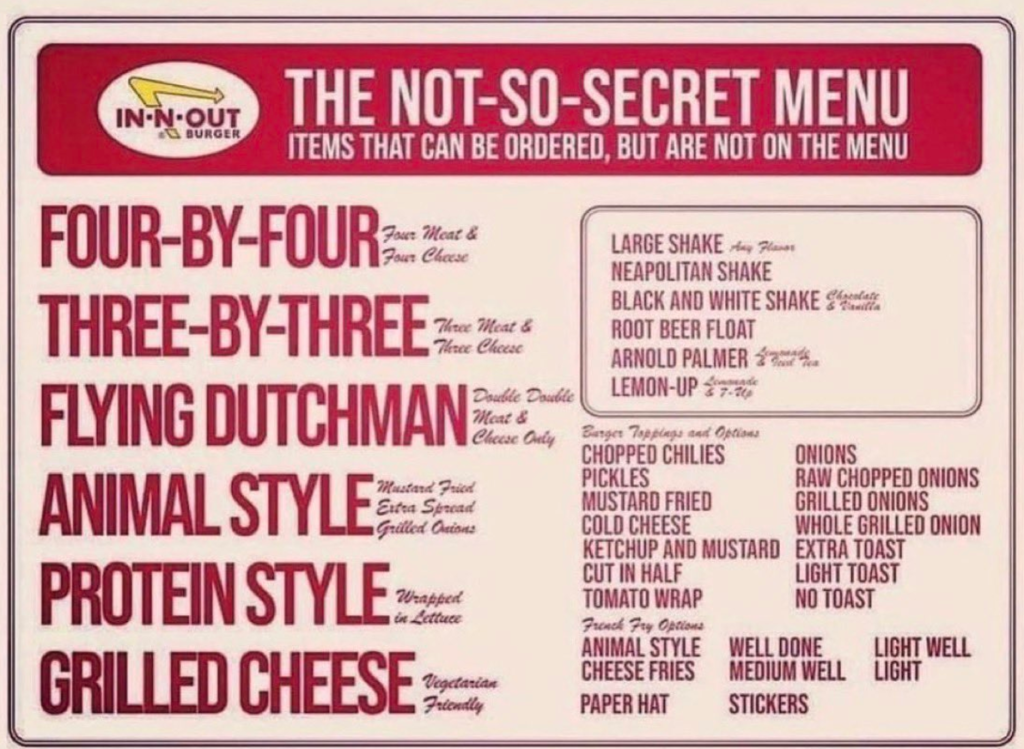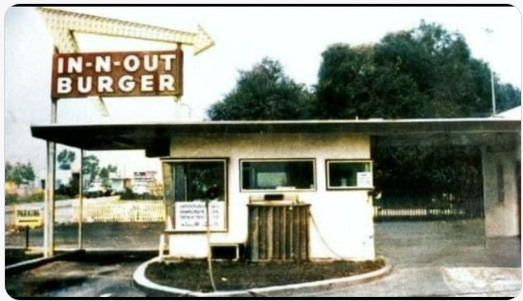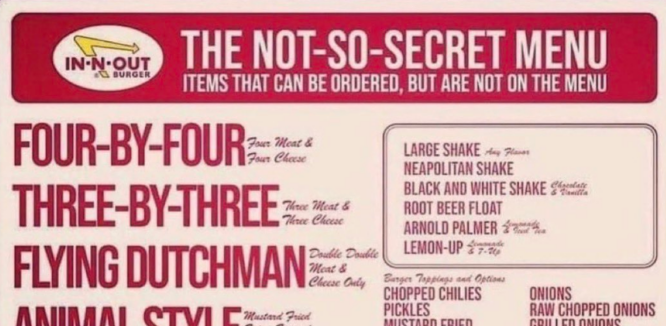In-N-Out defies the norms of typical fast-food chains. It doesn’t franchise, avoids rapid expansion and sticks to a simple menu that’s barely changed in 75 years. It has a cult following and lines that stretch down the block. Here’s how it turned simplicity and consistency into a recipe for success.
Listen to a discussion on it all, also see a video on bottom of this page.
In-N-Out Burger: A Briefing on the Cult Brand’s Success
This briefing analyzes the success of In-N-Out Burger, a California-based fast food chain, drawing insights from the video, “How In-N-Out Turned A $4 Burger Into $2 Billion A Year.”
Key Themes:
- Cult Following and Brand Authenticity: In-N-Out has cultivated a loyal following through its commitment to quality, consistency, and a “real deal” image. This is reflected in customer testimonials like: “Consumers look at them as the real deal, as really authentic,” and “It’s always just the affordability and consistency and quality that’s like the trifecta.” The limited geographical reach and long lines contribute to a sense of exclusivity and “FOMO.”
- Controlled Growth and Private Ownership: Unlike McDonald’s, which transitioned into a real estate company, In-N-Out prioritizes maintaining control over its brand and operations. The company remains privately owned, resisting franchising and rapid expansion. This allows them to maintain quality control and avoid the pressures of public investors. As one expert notes, “Since they’re privately held, they don’t really have to ever consider anyone’s whims but their own.”
- Simple Menu and “Secret Menu” Strategy: In-N-Out’s simple menu, featuring only a few burger variations, reinforces the perception of high quality and allows for efficient operations. The “not-so-secret” secret menu provides customization options, fostering a sense of community and insider knowledge among customers. This “secret language” creates “members” and distinguishes the brand from other fast food chains.
- Employee-Centric Approach: In-N-Out invests in its employees by offering above-minimum wages and opportunities for advancement. This results in high employee satisfaction, low turnover, and a positive customer experience. “They have a lot of employees. They’re never understaffed… you always know that you’re going to get a friendly experience.”
- Challenges and Future Outlook: In-N-Out faces challenges in protecting its brand from copycats and navigating the increasing demand for digital ordering and delivery services. The planned expansion into Tennessee, the farthest east the company has ventured, raises questions about maintaining its unique identity and operational model as it enters new markets.

Important Facts:
- Founded in 1948 in Baldwin Park, California
- Privately owned and operated by the Snyder family
- Estimated annual net sales of $2 billion
- Over 400 locations, primarily in Western states
- Known for fresh ingredients, never frozen
- High per-store sales compared to competitors
- Strong emphasis on employee well-being and training
The first In–N–Out burger opened on October 22nd, 1948 in Baldwin Park. Demolished during construction of the Interstate 10 freeway, the stand was California’s first drive-thru restaurant. Let’s hope today they continue to flourish and are not demolished by Newsom

Key Quotes:
- “They are the gold standard of a great cult brand in the best of ways.”
- “No, we’re going to stay who we are, stay in our lane.”
- “In some ways, it’s like going home.”
- “They kind of speak their own language, almost like Starbucks did when they came to town.”
- “They’ve shown that you can be profitable, you can have a quality product, and you can treat your employees well.”
Conclusion:
In-N-Out’s success can be attributed to its unwavering commitment to quality, controlled growth, and an employee-centric culture. While challenges remain, the brand’s strong identity and loyal following position it well for continued success. It will be interesting to observe how In-N-Out navigates its expansion while maintaining its core values and unique customer experience.









Add comment